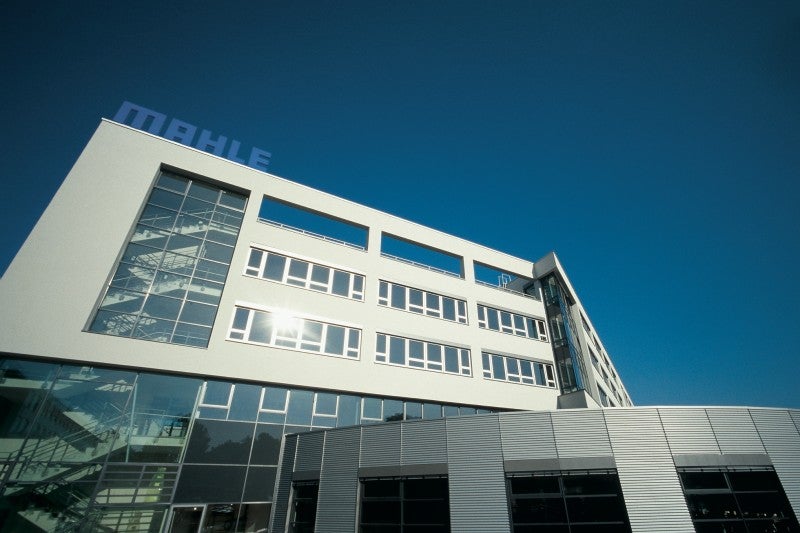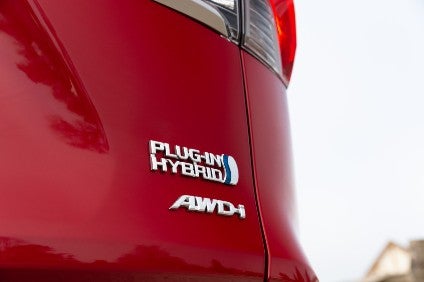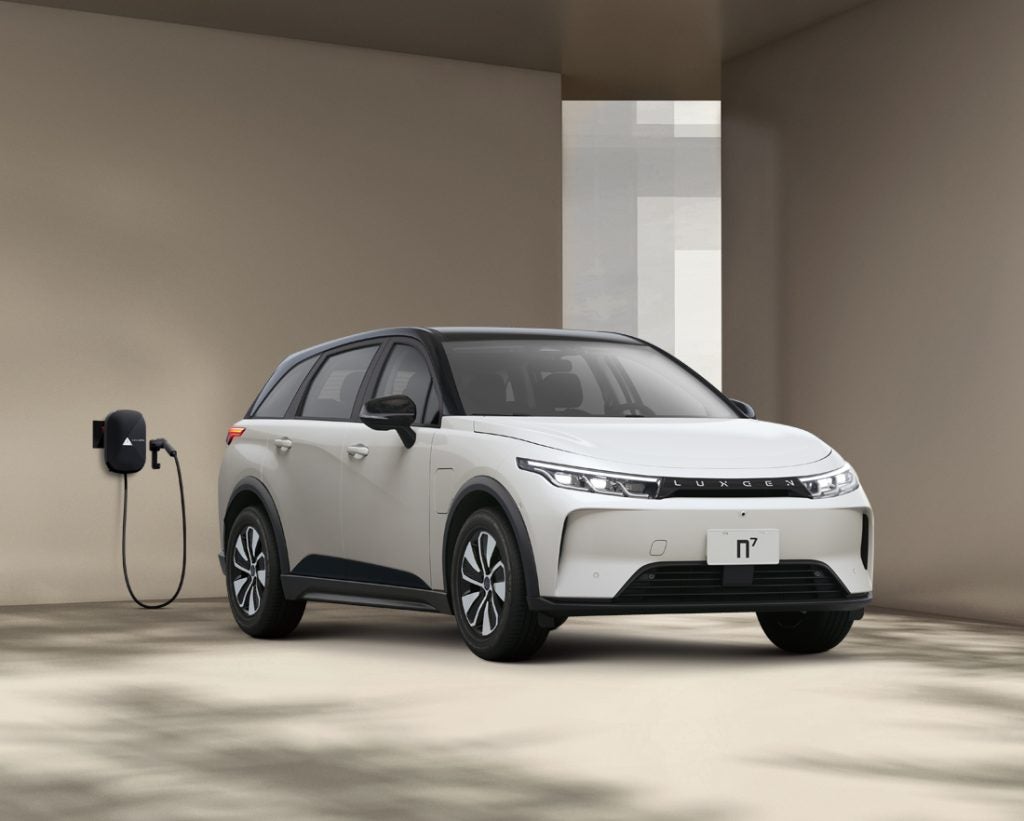
Mahle says its consolidated sales grew by 32 percent in the first half of the year – or 36 percent following adjustment for exchange rate effects – to about EUR 5.7 billion.
It said it grew faster than the global automobile market. The highest growth rates were recorded in the Electronics and Mechatronics business area.
EBIT for the first half was about EUR 201 million, after Mahle had recorded a negative result in the first half of 2020 – also as a result of Covid-19. Increased sales, productivity along with numerous initiatives to reduce costs offset negative effects such as higher material prices. The consolidated result after taxes was also positive again, at EUR 55 million.
How well do you really know your competitors?
Access the most comprehensive Company Profiles on the market, powered by GlobalData. Save hours of research. Gain competitive edge.

Thank you!
Your download email will arrive shortly
Not ready to buy yet? Download a free sample
We are confident about the unique quality of our Company Profiles. However, we want you to make the most beneficial decision for your business, so we offer a free sample that you can download by submitting the below form
By GlobalData“We have therefore achieved the turnaround we had aimed for. The positive figures confirm that we have become more profitable and more efficient in overall terms,” said Michael Frick, Chairman of the Group Management Board (ad interim) and CFO of Mahle, presenting the half-year figures.
However, Mahle is more cautious on the second half outlook. In view of various risks such as high raw material prices and semiconductor shortages, the second half could become more volatile, it said. Nevertheless, Mahle expects to close the entire year with sales growth and a positive result.
Mahle product innovations and e-mobility shift
Mahle also highlighted a number of new product innovations as it moves away from reliance on ICE business and towards e-mobility.
“Mahle has boosted the pace of its transformation. We will consistently build on the success achieved to date in our technological and structural reorientation,“ said Frick. One of the key elements in this success is high research and development expenditure, which amounts to about six percent of sales. Future-oriented technologies and fields connected with climate-neutral mobility account for more than 80 percent of this figure.
“We are supporting energy flow through the entire vehicle and even start before we reach the vehicle,” said Vice President Corporate Research and Advanced Engineering Dr. Martin Berger. Mahle supplies smart charging infrastructure in the form of chargeBIG. The almost 1,000 charging points installed for long-term parking are to receive a key boost from the “chargeBIG POWER” system of fast charging stations with power ratings up to 750kW.
However, fast charging not only calls for the right infrastructure. Vehicle technology, especially the battery, is equally important. For fast charging, temperatures within the battery cell must be evenly distributed and must not rise too high. “In this area, MAHLE has made a breakthrough. We have now succeeded in rolling back the boundaries of rapid charging to a considerable extent by opting for a new solution: immersion cooling,” said Berger. With this system, a non-conductive coolant circulates around the cells, the cables and all connectors of the battery. This reduces the maximum temperature and improves heat distribution within the battery cell. Charging in a matter of minutes at the same time as longer battery life improves the suitability of electric vehicles for long trips and therefore public acceptance of this technology. Customers are highly interested. Mahle expects the system to be introduced on battery-electric vehicles from 2025 onwards.
Mahle also said a new magnet-free electric motor from Mahle represent a breakthrough in electric motor development because the electric motor does not need rare earth elements. This not only makes production more environmentally compatible but also brings benefits in terms of cost and raw material security. The key feature of the new motor is inductive, contactless power transmission – as a result, the motor operates without wear and is highly efficient over a wide speed range. At the drive system operating points most used, efficiency is over 95 percent – a value only achieved by Formula E racing cars to date. MAHLE has therefore succeeded in combining the advantages of various different electric motor designs in a single product. This new development is easily scalable and can be used on a wide range of vehicles from small cars to trucks.
Thermal management, i.e. heating and cooling, still remains the business area of Mahle with by far the largest share in sales. “We have the advantage of a very wide range of products. In many cases, these can rapidly be transferred from conventional internal combustion engines to e-mobility applications,“ said Frick, outlining the prospects for Mahle. By 2030, the company intends to boost the share of sales generated independently from internal combustion engines for passenger cars from the present figure of 60 percent to 75 percent








